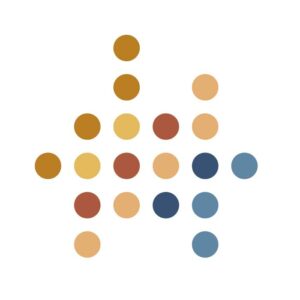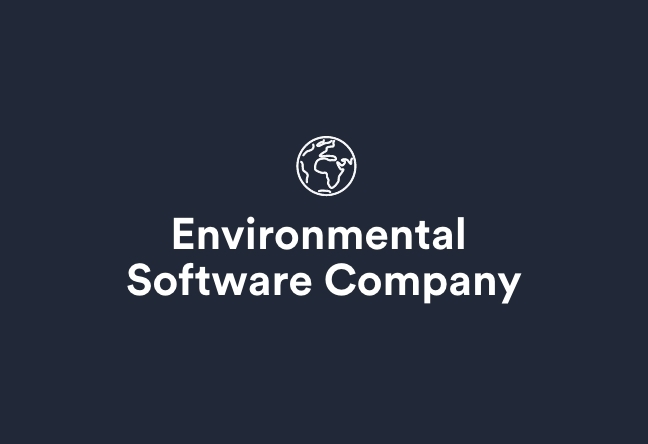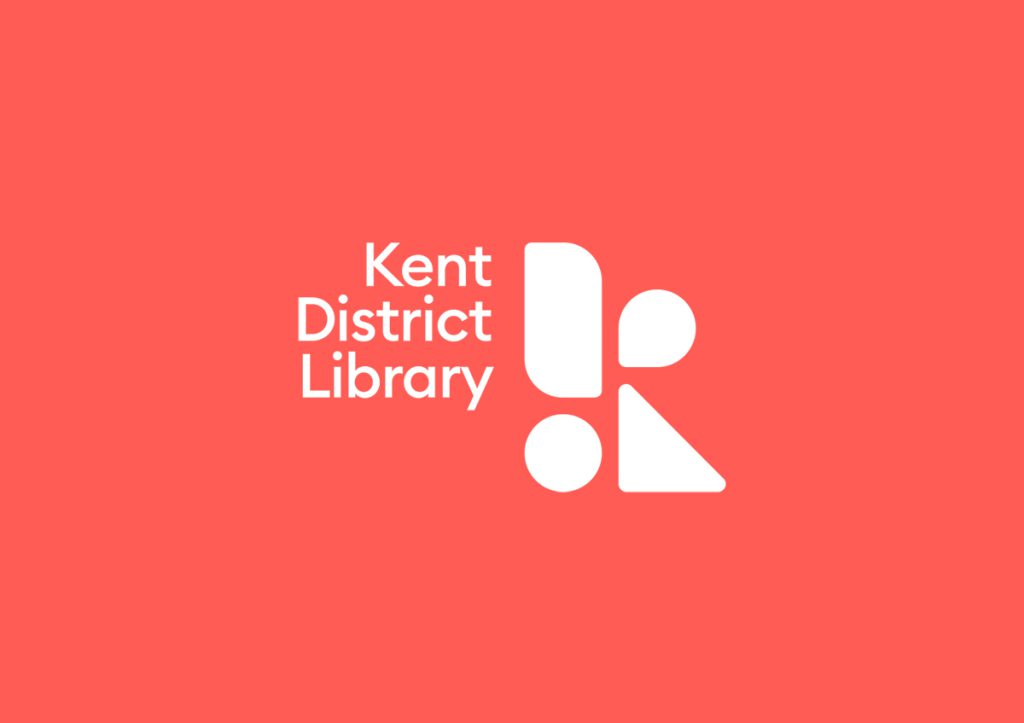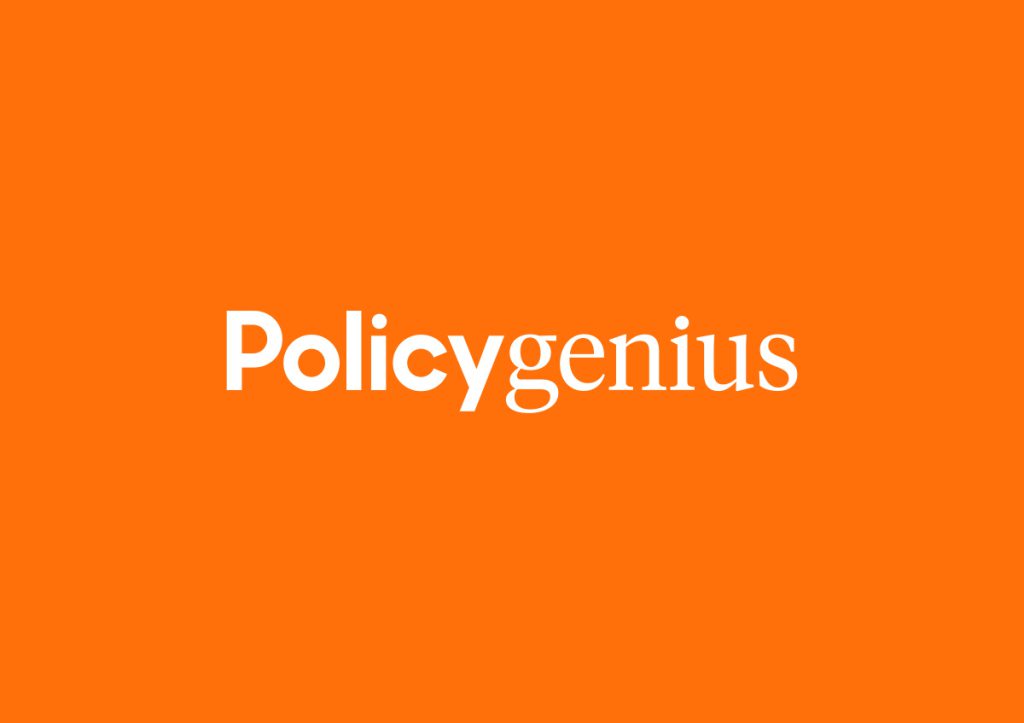Great companies grow, in part, because of strong systems. A well-crafted, standardized hiring process is one such area where employers can focus efforts to attract and select the best candidates. A well-crafted hiring program streamlines talent acquisition efforts, saves valuable time and resources, and promotes fairness by applying the same standards to all applicants.
Inclusion is an important element of hiring practices for growth-minded organizations. While standardized processes are important, teams must look at how the specifics of the hiring process influence its outcome. This could be the way hiring managers write job descriptions, where you advertise roles to attract candidates, and what type of programs and enrichment you offer to keep employees engaged and learning long-term.
What is Inclusive Hiring?
Inclusive hiring is a recruitment strategy that aims to create diversity and inclusion in the workplace by actively seeking candidates from a variety of backgrounds, experiences, and perspectives. This approach goes beyond merely avoiding discrimination—it involves thoughtful planning and process development to ensure opportunity access for all.
How Inclusive Hiring Enables Long-term Success
Inclusion offers both the employee and employer many opportunities to succeed and grow. For the employer, inclusive workforces bring better ideas and results. Employees often find increased job satisfaction and engagement in inclusive groups where they feel heard and valued. In fact, 72% of respondents to a recent Pew Research study reported that rules to promote fairness in hiring and promotions have a positive impact on the workplace. Inclusivity creates the conditions for long and fruitful employer-employee partnerships.
Companies can unlock several business benefits by increasing their inclusivity efforts:
- Broader organizational perspectives: Inclusive hiring brings together individuals from various backgrounds to provide a wealth of perspectives, more creative solutions, and stronger decision-making abilities. Broader experience is a valuable asset for those tackling complex problems and striving to meet customer needs.
- Greater innovation and creativity: A workforce composed of diverse talents is more likely to generate innovative ideas and approaches. Varied experiences and knowledge bases fuel creativity, driving companies ahead of competitors.
- Enhanced employee engagement: When people feel represented and valued, their sense of belonging increases, leading to higher levels of engagement. Engaged employees are more productive, motivated, and committed to organizational goals.
- Improved retention rates: Companies prioritizing inclusivity tend to have lower turnover rates. When employees feel respected and appreciated, they stay longer, reducing recruitment costs while preserving organizational knowledge and expertise.
- Better financial performance: Organizations that embrace inclusive practices often see improved financial performance, thanks to increased innovation and creativity from diverse perspectives. Varied perspectives help companies understand and serve their customer base, build a positive reputation, and attract consumers who share their values.
7 Inclusive Hiring Practices To Attract a Diverse Workforce
As part of your organization’s business development efforts, consider adopting hiring best practices that attract a wider range of candidates. Expanding the talent pool brings in fresh ideas and enthusiasm, leading to more satisfied and committed employees who help the company achieve inclusion goals.
1. Create inclusive job descriptions
Using neutral language and titles while avoiding coded language or industry jargon can enhance candidate diversity. Highlight the company’s commitment to inclusion and focus on essential skills rather than specific credentials to attract a range of applicants. These changes create a more welcoming environment for potential candidates and reinforce your company’s values.
2. Broaden Recruitment Channels
Expanding recruitment channels is key to improving inclusion in hiring. Beyond traditional job boards, explore platforms catering to diverse demographics, including niche sites for underrepresented groups, social media channels with a broad user base, and professional networks focused on diversity. Engaging with community organizations and participating in job fairs targeting diverse candidates can also enhance your recruitment strategy.
3. Standardize Interview Processes to Minimize Biases
Standardizing the interview process minimizes implicit or unconscious biases and improves inclusion in hiring. Use structured interviews with consistent questions, focusing evaluations on relevant skills and employee experience rather than personal preference. Building diverse hiring teams can bring different perspectives into the assessment process, reducing the likelihood of unconscious bias. Train interviewers to recognize and counter their own biases to support equitable hiring.
4. Invest in Bias Mitigation Training
Providing comprehensive training on topics like bias mitigation, inclusive hiring, and inclusive leadership empowers employees at all levels to recognize and challenge outdated behaviors, fostering a culture of respect, understanding, and support. Continuous learning opportunities create an environment where everyone feels valued and safe.
5. Utilize Skill-based Assessments
Shifting to skills-based assessments during the hiring process helps reduce bias by focusing on candidates’ abilities and performance in relevant tasks rather than resumes or interviews alone. This approach minimizes unconscious biases related to background, education, or personal characteristics, emphasizing actual capacity instead. Implementing such assessments ensures a fairer selection process, prioritizing merit and competency over subjective criteria.
6. Offer Inclusive Remote Work Options
Offering flexible work options, including remote work, opens the door for candidates with disabilities who may require a customizable work environment to thrive. It also extends employment possibilities to those living in rural or underserved areas where job opportunities in their field may be limited. By embracing remote and hybrid work opportunities, employers can enrich teams with a wider set of perspectives and skills.
7. Diversify Hiring Panels
Assembling an inclusive and diverse hiring team representing a spectrum of backgrounds, experiences, and perspectives is crucial to inclusive hiring. Encourage interviewers to undergo bias training to ensure decisions are based on merit rather than preconceptions. Diverse interview panels can better relate to candidates from different demographics and identify unique contributions each candidate may bring.
Barriers to Inclusive Hiring and How To Overcome Them
Despite awareness and efforts to promote inclusion and belonging initiatives in the workplace, challenges persist. From bias to poor retention programs, many seemingly innocuous practices get in the way of an inclusive workplace culture.
By identifying specific challenges within the internal recruitment processes, companies can implement strategies to enhance the hiring process for a more inclusive workplace environment.
Unconscious Bias
Unconscious bias acts as a barrier to inclusion in the hiring process by skewing candidate evaluations based on deep-seated stereotypes rather than actual skills and qualifications. This can limit diversity, as it often results in favoritism toward applicants who share similarities with the decision-makers, unintentionally excluding qualified candidates from different backgrounds.
To overcome this challenge, implement mandatory bias training for all hiring team members. Use structured interviews with a standard set of questions to ensure fairness.
Inaccessible Recruitment
Inaccessible recruitment refers to hiring practices that are not easily navigable by all candidates, including those with disabilities, leading to unequal opportunities. When recruitment fails to accommodate diverse needs, it limits access to talent and perspectives.
To ensure your organization attracts the best potential candidates, make your job postings and application processes accessible to everyone. This can include offering video conference interviews, providing materials in different formats (like Braille or audio) or languages, and ensuring your career website is navigable by screen readers. Following the ADA Standards for Accessible Design can help guide these efforts.
Limited Hiring Channels
While hiring that starts online offers access to a wide range of candidates, modern hiring teams must look beyond traditional platforms. Restricting recruitment to a few platforms narrows the pool of applicants and may exclude qualified individuals who don’t use those channels.
Expand recruitment outreach efforts by partnering with organizations focused on improving interview access, attending job fairs highlighting inclusion and belonging, and using demographic-focused job boards to promote new roles.
Cultural Fit as a Hiring Criteria
Culture fit is the practice of evaluating a candidate’s experience, behaviors, values, and skills with a company to ensure they gel with the core ethos and environment. However, the method can unintentionally limit diversity and experience in service of creating a harmonious workforce. It risks filtering out candidates who could bring new perspectives and innovation simply because they do not mirror the existing team’s demographics or backgrounds, limiting creativity, problem-solving, and innovation.
To avoid this unintentional barrier, reframe “cultural fit” as “cultural add.” This shifts the focus to how a candidate’s unique background and experiences can enrich and enhance company culture and the existing team.
Insufficient Career Development Programs
Poor career development and mentorship may signal that an organization lacks investment in employee growth, deterring potential candidates from starting the application process. Internally, a lack of career development opportunities may cause current employees to look elsewhere.
To address this, establish mentorship programs and clear career pathways that are accessible to everyone. Encourage continuous feedback and provide regular training and professional development opportunities.
Lack of Leadership Diversity
When leadership teams are demographically homogeneous or lack a focus on inclusion, they may unconsciously replicate biases in hiring decisions, overlooking candidates whose perspectives would enrich the organization. Status-quo hiring becomes a cycle where there are fewer opportunities to build inclusion and unlock its benefits.
To break this cycle, organizations must prioritize leadership training that supports inclusive culture and values. Commit to diversity in leadership through targeted leadership development programs for underrepresented employees. Transparently track and report progress toward diversity goals at all levels of the organization, including senior management.
By addressing these challenges directly with simple solutions, companies can make strides toward more inclusive hiring practices and better business outcomes.
How Paradigm Empowers More Inclusive hiring
Inclusive hiring practices aren’t just the right thing to do—they’re also a business-building strategy that can boost growth and cultivate a talented and engaged workforce. Incorporating an inclusive hiring process helps companies tap into a wider talent pool, build innovation through diversity of thought, and create more opportunities for new and seasoned employees. The commitment to diversifying leadership and transparently tracking progress toward inclusivity can set your organization apart.
The right training and technology make all these practices easier to implement and manage. If you’re ready to build more inclusivity with every new job role, reach out to a Paradigm expert.

 Our website uses cookies to distinguish you from other users of our website. This helps us to provide you with a good experience when you browse our website and also allows us to
improve our site. By continuing to browse our website, you’re agreeing to our use of cookies. For more information, please read our
Our website uses cookies to distinguish you from other users of our website. This helps us to provide you with a good experience when you browse our website and also allows us to
improve our site. By continuing to browse our website, you’re agreeing to our use of cookies. For more information, please read our




